1,577 days, 2,409 entries ...
Newsticker, link list, time machine: HOLO.mg/stream logs emerging trajectories in art, science, technology, and culture––every day
Madhumita Murgia
Code Dependent
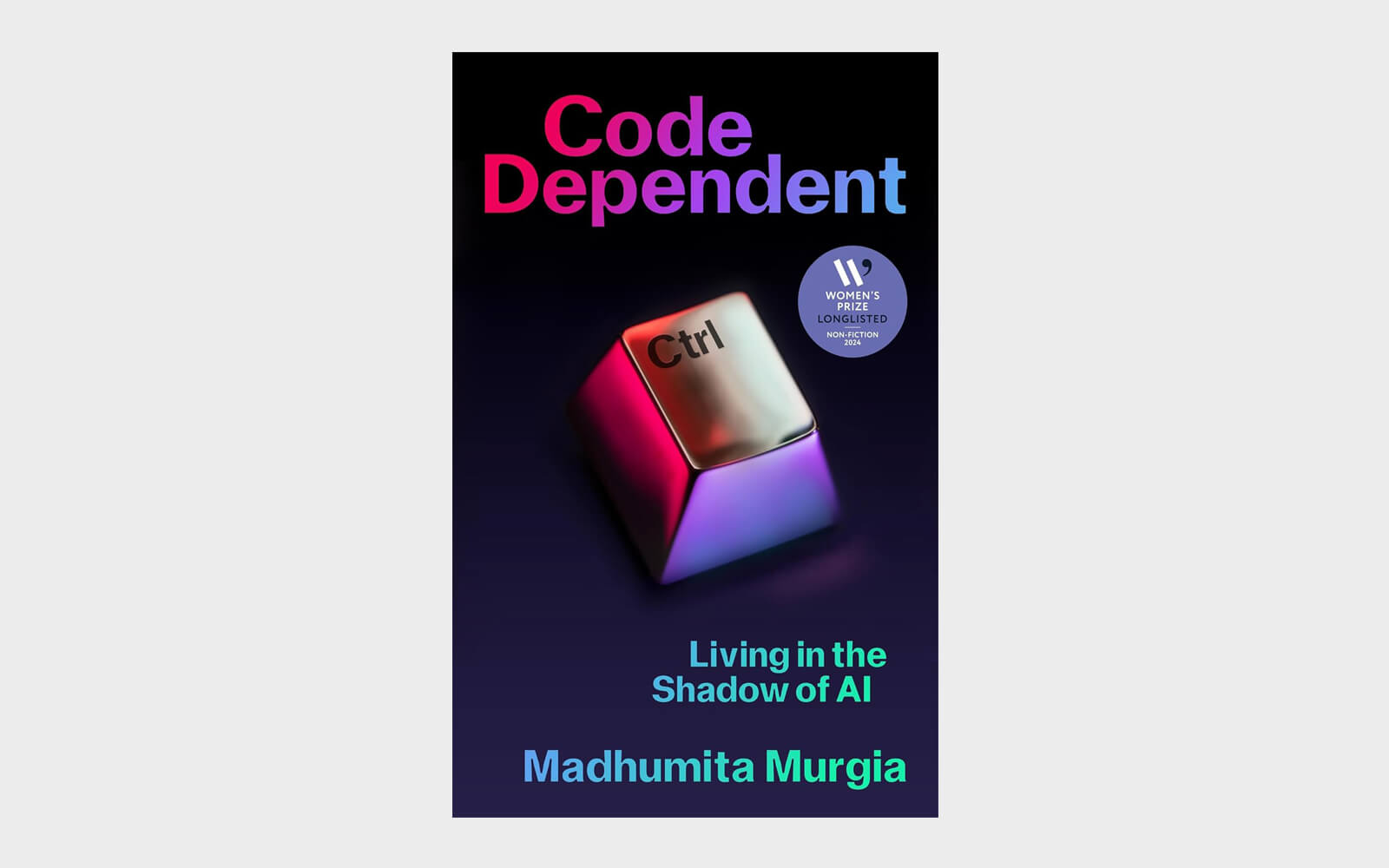
UC San Diego’s Mandeville Art Gallery opens “Bodily Autonomy,” Lauren Lee McCarthy’s largest solo show in the U.S. to date. Curator Ceci Moss brings together two major series of works—Surrogate (2022) and Saliva (2022)—in which the Chinese-American artist examines bio-surveillance through performances, videos, and installations. A newly commissioned Saliva Bar, for example, invites visitors to reflect on data privacy, race, gender, and class as they pertain to genetic material over traded spit samples.
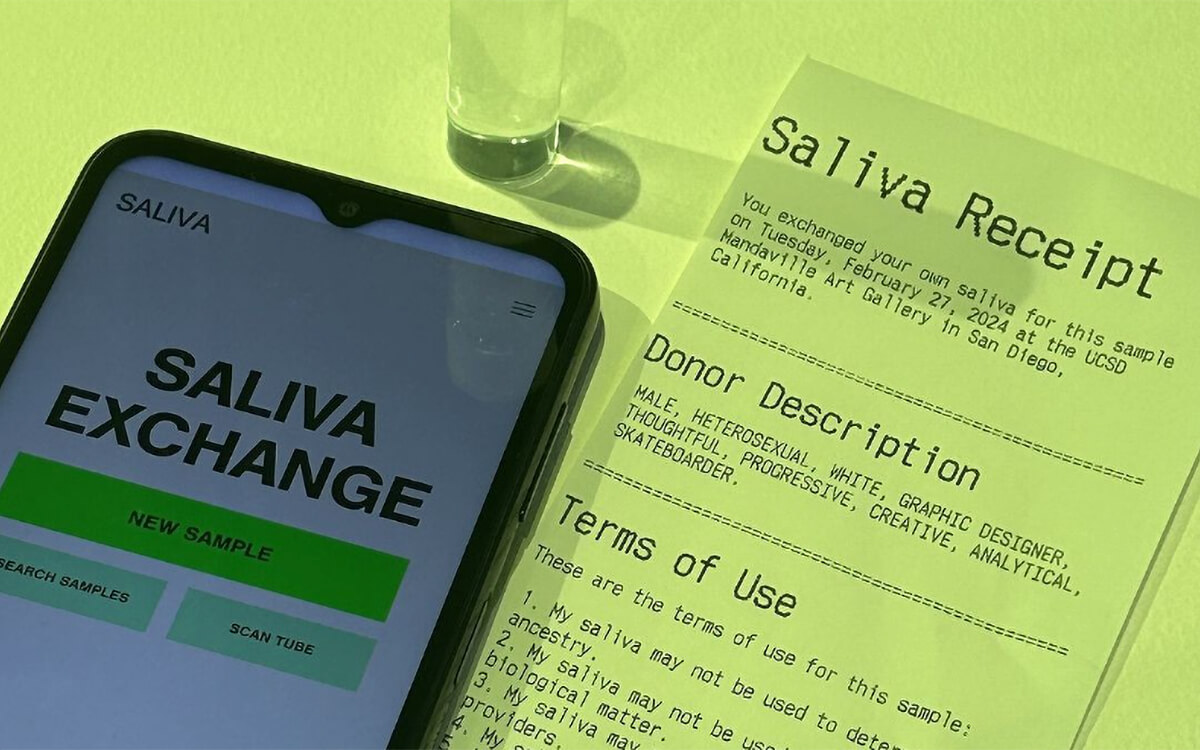
“The institution is drawn toward those who can leverage their racial identity into a curatorial practice, which the institution can then leverage (or co-opt) into its brand.”
Meredith Broussard
More than a Glitch
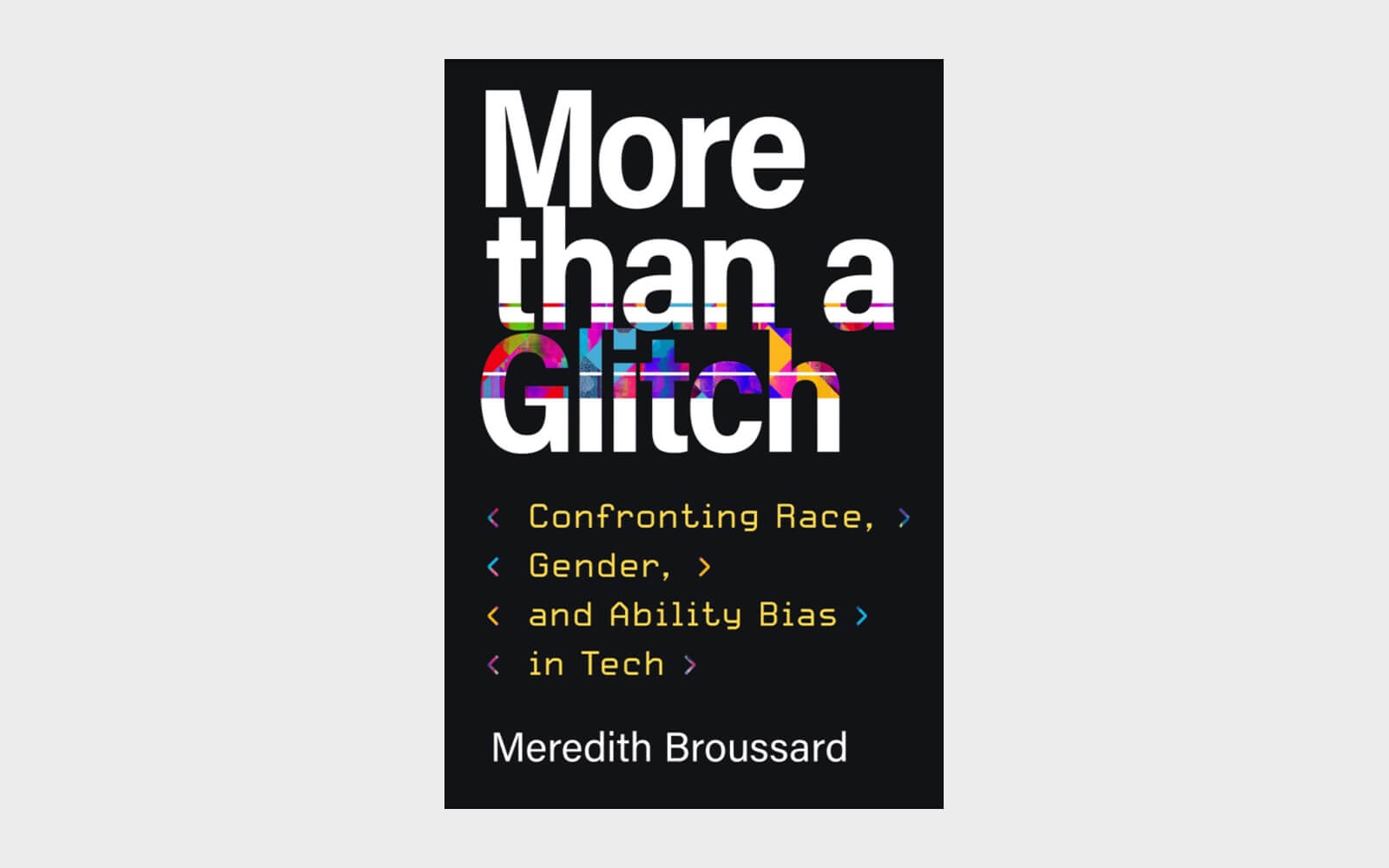
“The subdued blackness of the Apple II computer terminal—which has slowly given way to white-dominated monitors—is juxtaposed with the seeping, gooey asphalt, which seems to suggest that Blackness will not so easily be contained.”
DeForrest Brown, Jr.
Assembling a Black Counter Culture
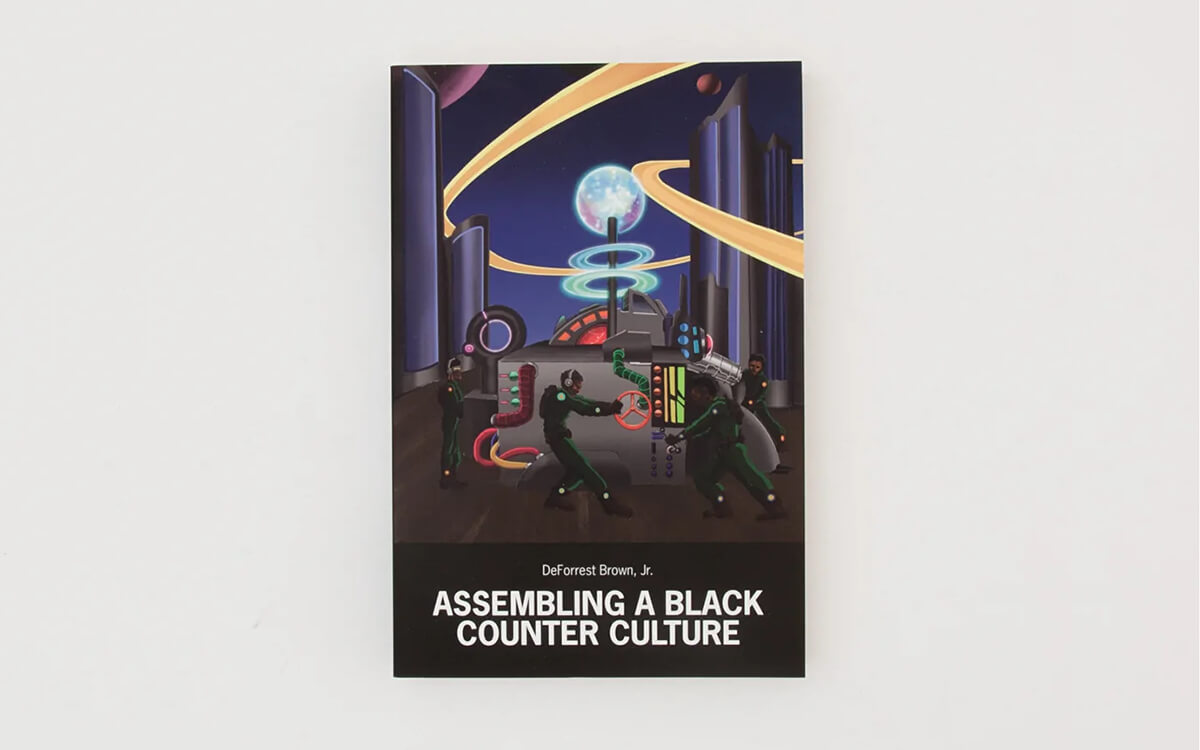
“Black art is held, then, to show white viewers what they refuse to see while critically refusing to provide a prosthetic for white vision.”
“The white coat acts as a hinge between the visible and the invisible. Its smooth surface actively resists the unseen bacterial sources of disease. It is a kind of inhospitality to disease.”
Three Doors—Forensic Architecture/Forensis, Initiative 19 opens at Frankfurter Kunstverein (FKV). Featuring London-based Forensic Architecture working with local partners, the show (re)presents evidence in three instances of racially motivated violence in Germany. Oury Jalloh’s Cell: Smoke Traces (2022, image), demonstrates the central architectural motif, by modelling the circumstances of an African asylum seeker’s burning death, while in police custody in 2005.
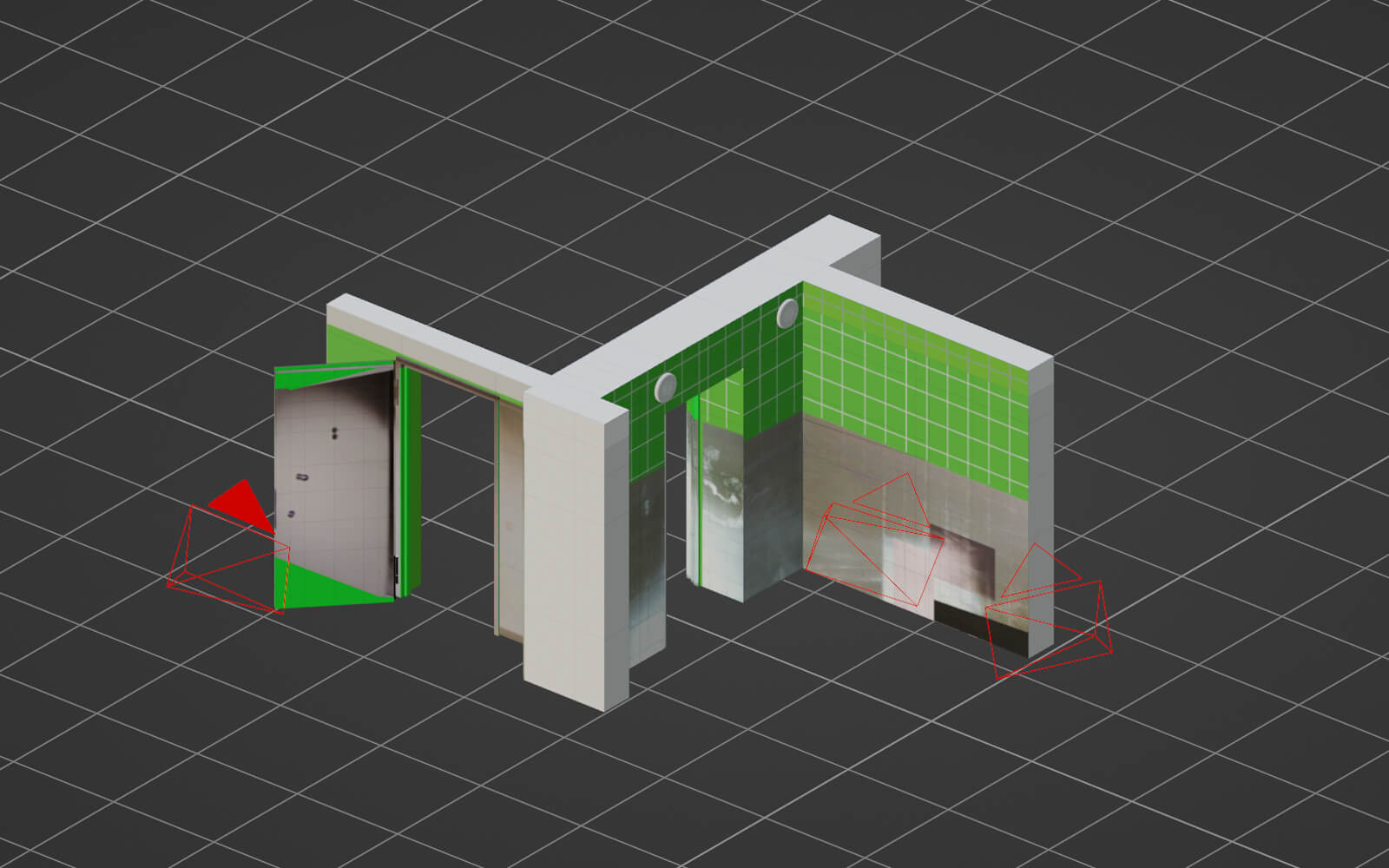
An excavation of the legacy of sci-fi author Octavia E. Butler, American Artist’s solo exhibition “Shaper of God” opens at REDCAT in downtown Los Angeles. Both spent their formative years in the Pasadena region, which the artist translates into ruminations on “technology, race, surveillance, identity, and place” that map Southern California sites inspired by Butler’s novels and life: To Acorn (1984) (2022), for example, is a sculpture resembling the city bus stops that Butler would have waited at.

“Robota,” a show featuring Matthew Angelo Harrison’s encasements of auto industry ephemera and African sculptures in sold resin blocks, opens at the MIT List Visual Arts Center in Cambridge. A Detroit native who worked as a clay modeller for Ford, Harrison “attends to the devaluation of human labour” by freeze-framing UAW strike ephemera and hardhats, headlights (image: Seer: Lay Bare, 2020), and African sculptures in vitrine-like forms.
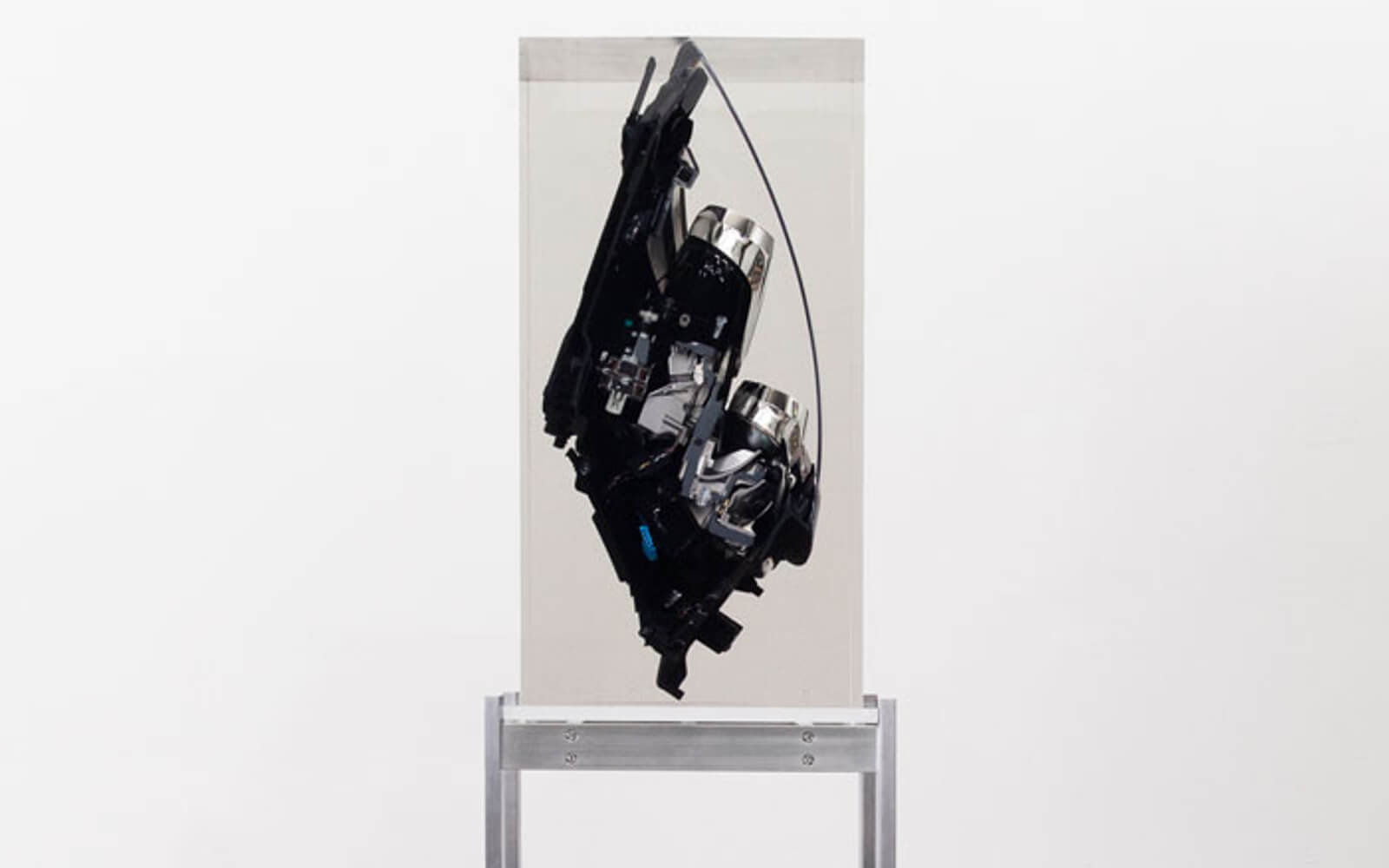
“I was thinking okay, so what if green screens are actually spaces where there are possibilities embedded in them; but also, warnings about what it means for groups of people to do things in tandem.”
“It takes a filter designed for people of colour to make us realize the extent to which most filters aren’t.”
“Yet, beneath the semblance of all this connectivity, the Black community remains fractured and dispossessed. The artist also offers an underlying critique of technology’s need to be ever-sleeker: what is all this shine glossing over?”
Wendy Hui Kyong Chun
Discriminating Data
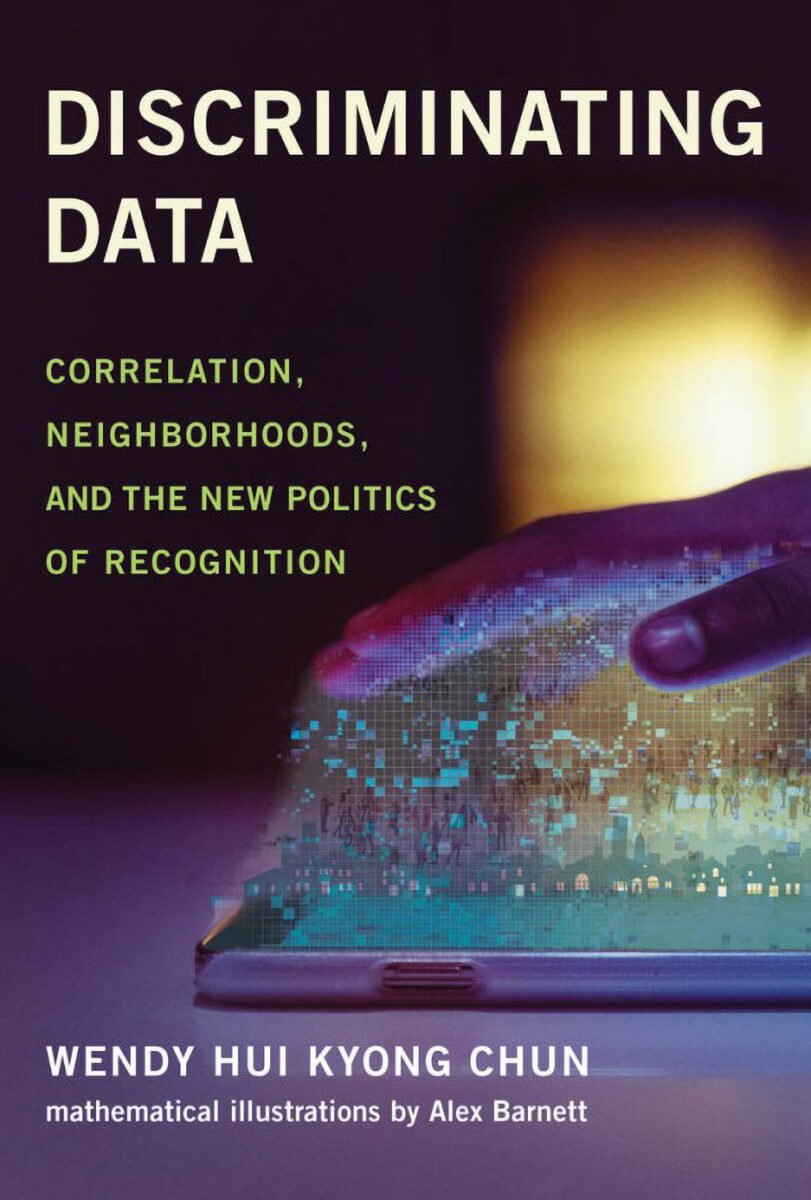
“Silencing marginalized voices like this is the opposite of the NAUWU [Nothing About Us Without Us] principles which we discussed. And doing this in the context of ‘responsible AI’ adds so much salt to the wounds.”
Forensic Architecture launches an interactive archive of police brutality cases documented at Black Lives Matter protests across the United States. In examining thousands of videos shared online, the London-based research agency together with Bellingcat investigators managed to verify and analyse more than 400 attacks on civilians using chemical agents, 300 instances of unjustified arrest, detention, and intimidation, 300 physical assaults by officers, and 250 attacks on journalists, medics, and legal observers.
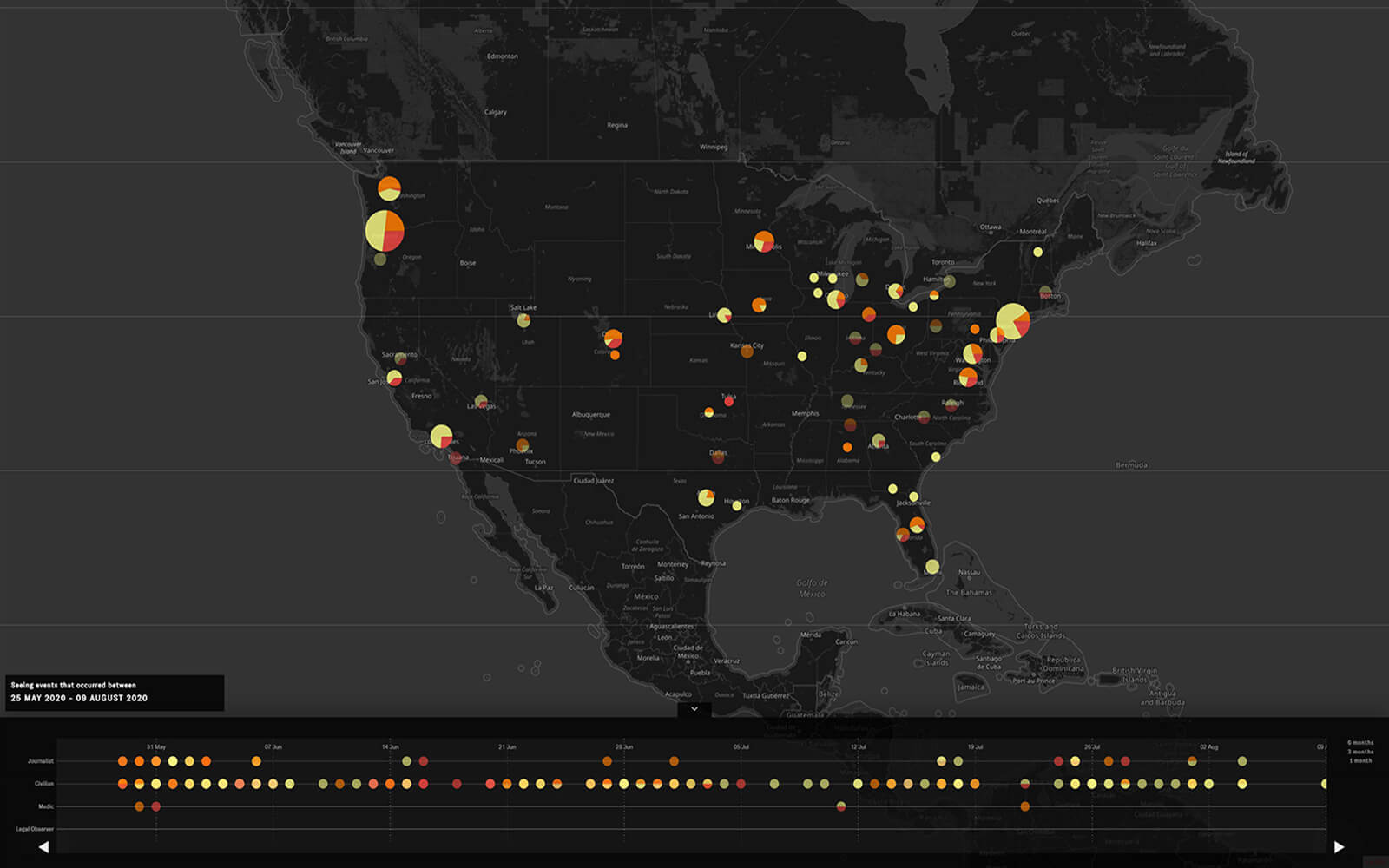
“Oftentimes, cisgendered white-identified and white-presenting people are recognized as the forward thinkers in discourse about cyberculture…. The romanticized discourse around the 1990s and, in particular, the birth of cyberfeminism often prioritizes white women as the core contributors.”
Daily discoveries at the nexus of art, science, technology, and culture: Get full access by becoming a HOLO Reader!
- Perspective: research, long-form analysis, and critical commentary
- Encounters: in-depth artist profiles and studio visits of pioneers and key innovators
- Stream: a timeline and news archive with 1,200+ entries and counting
- Edition: HOLO’s annual collector’s edition that captures the calendar year in print
